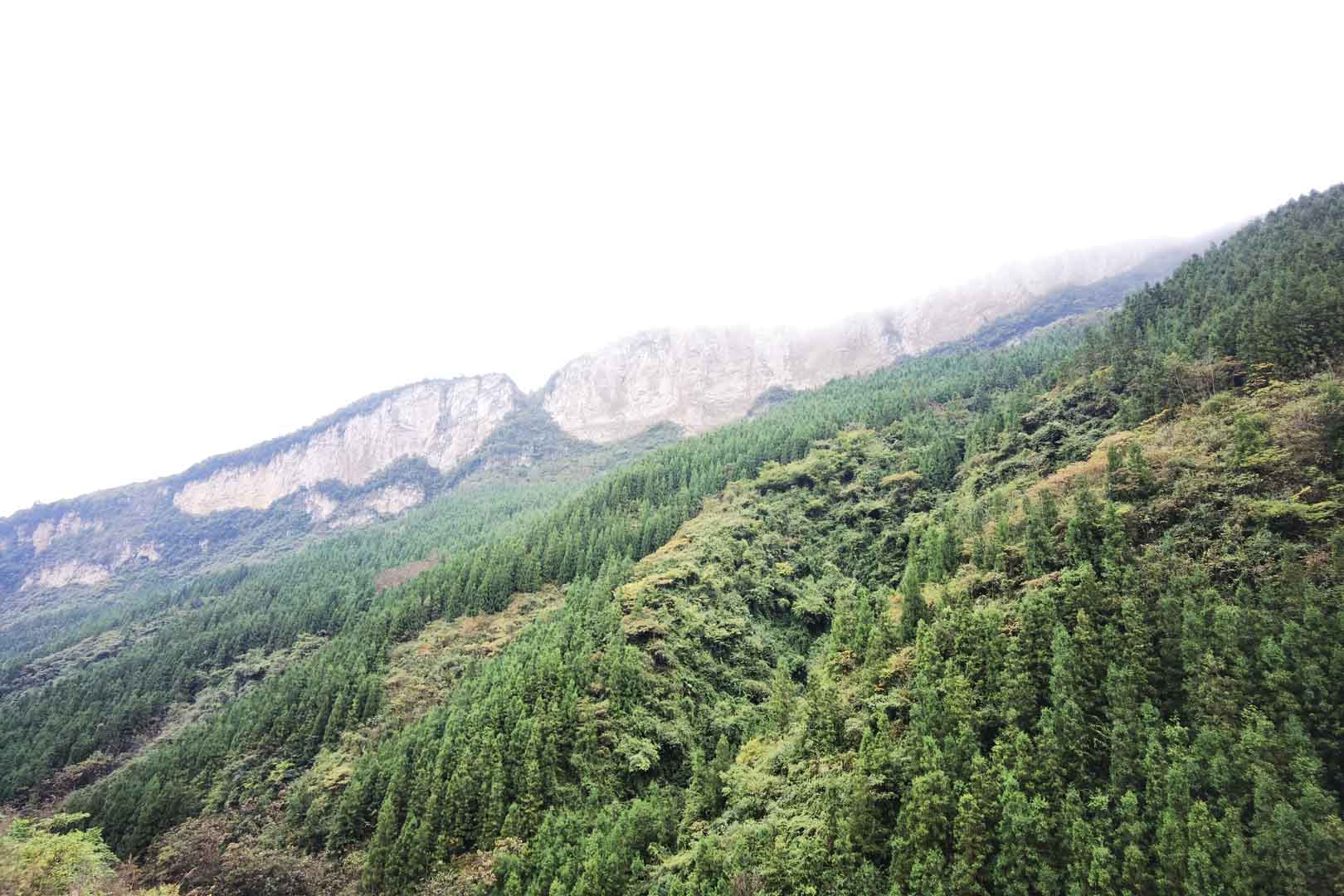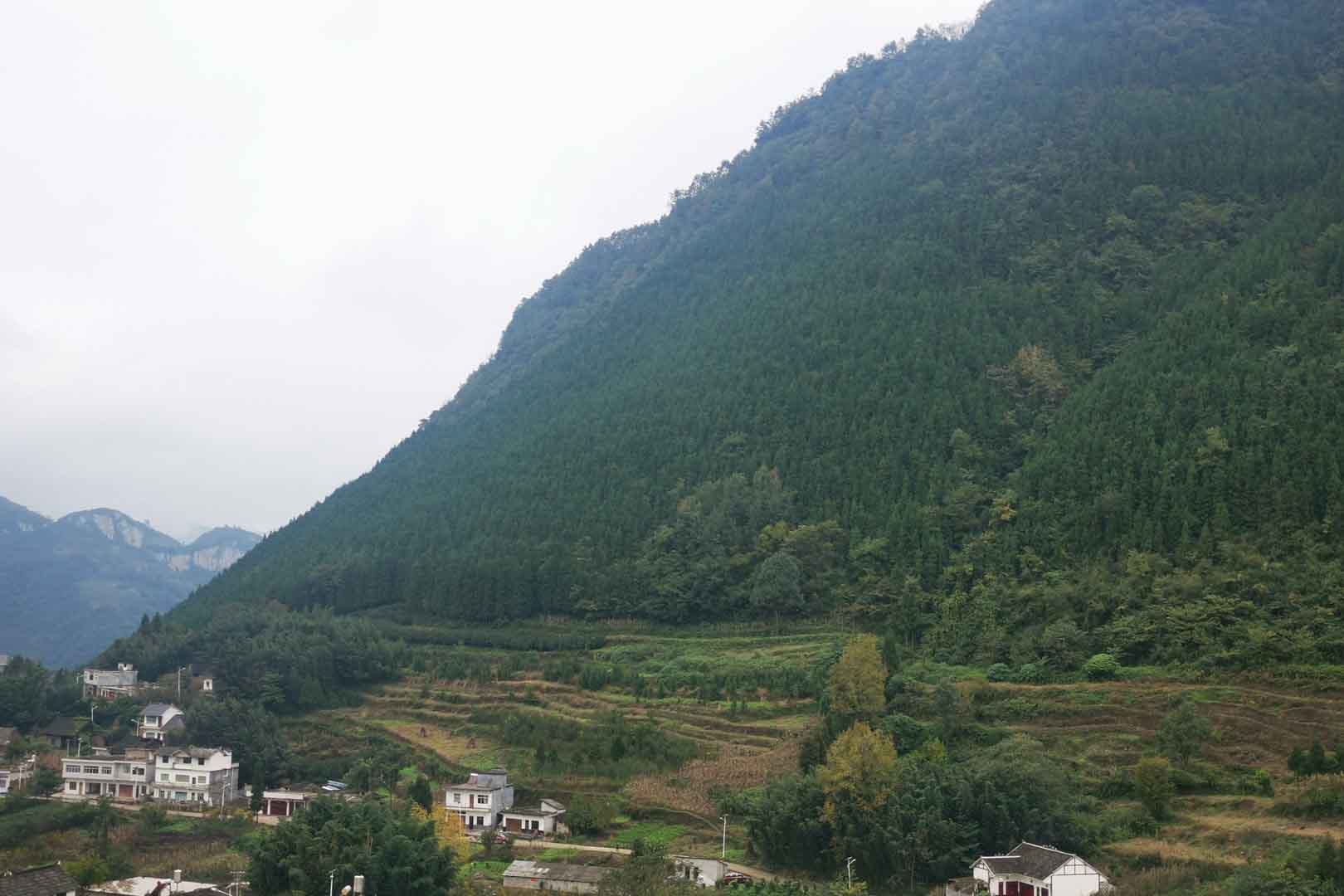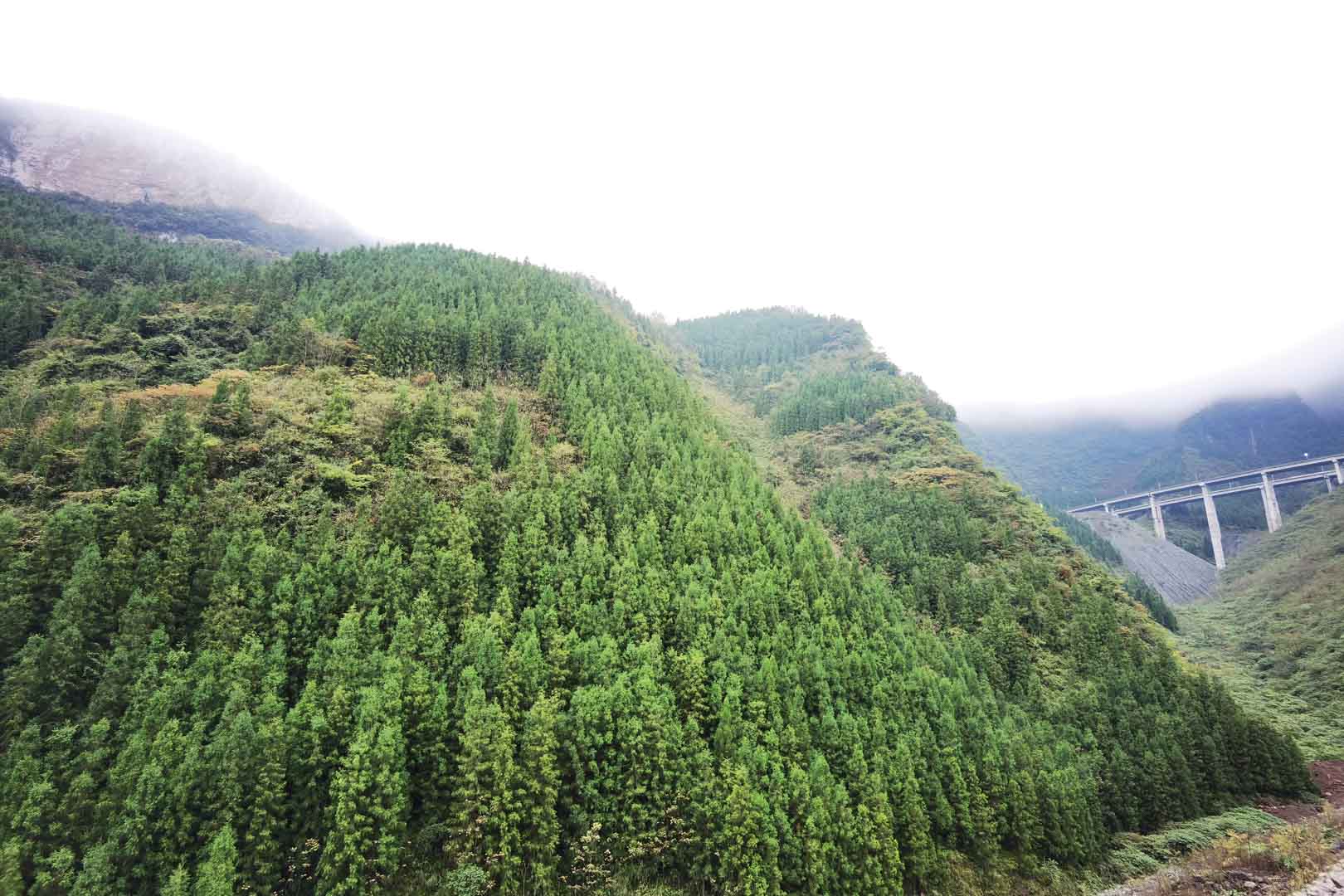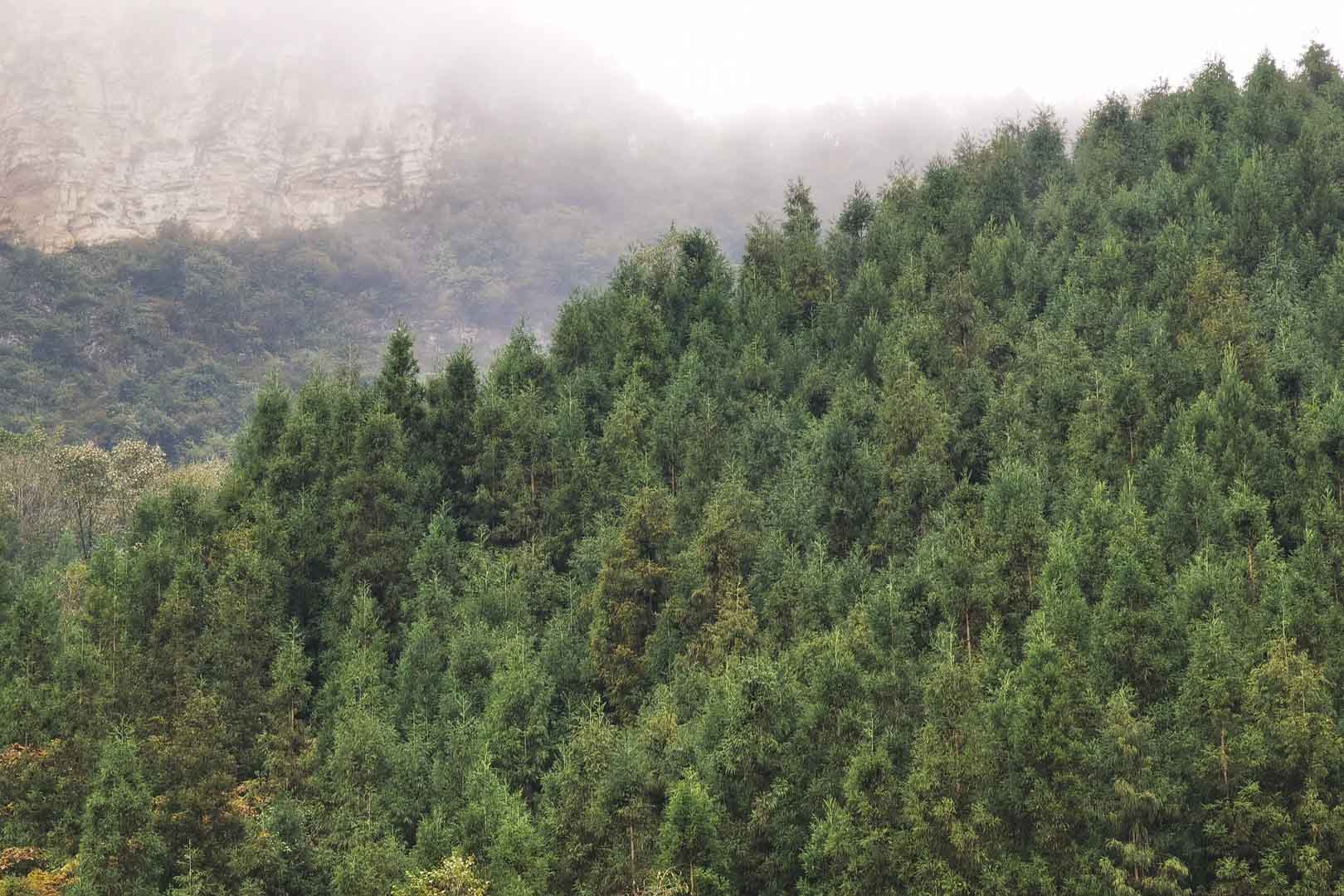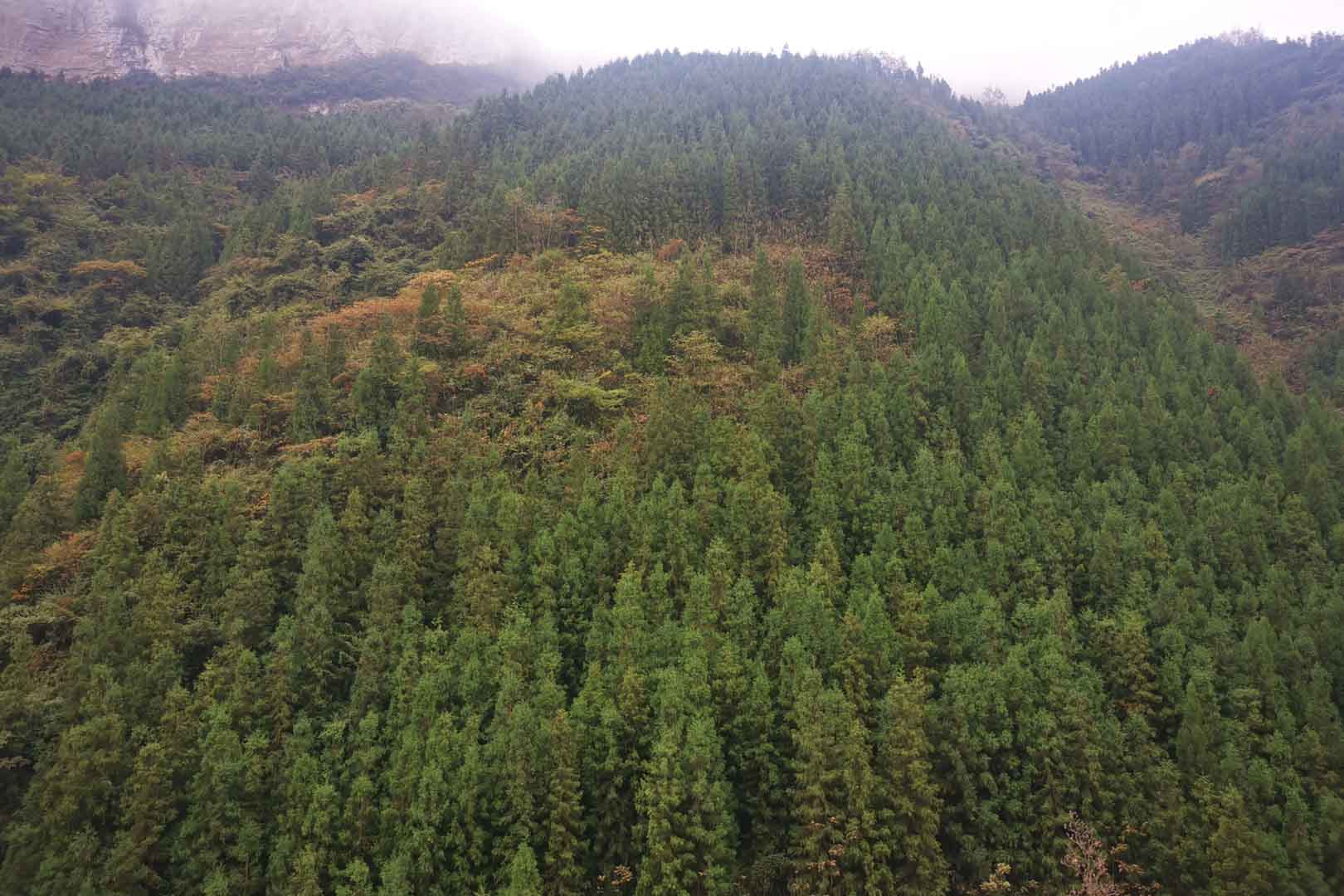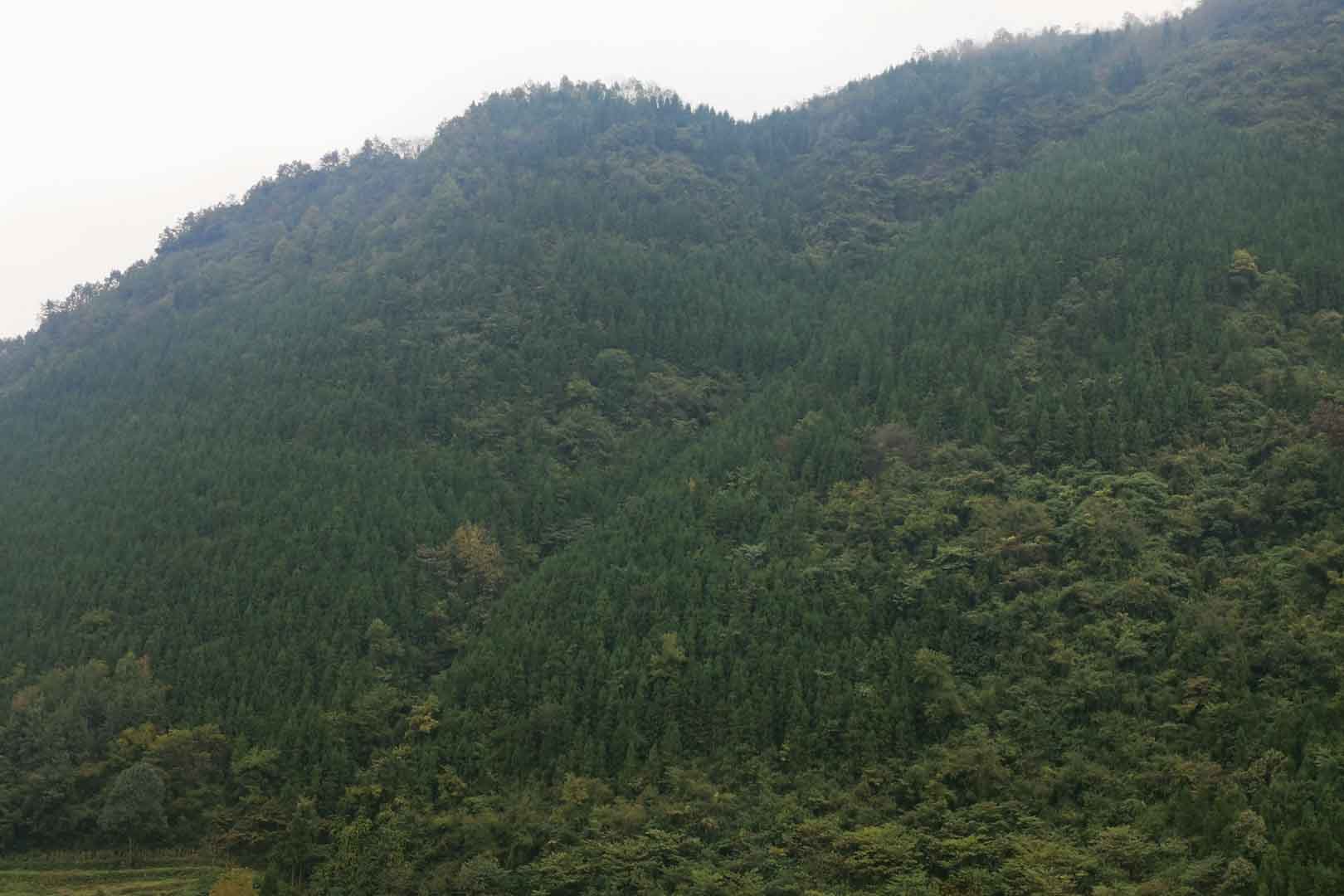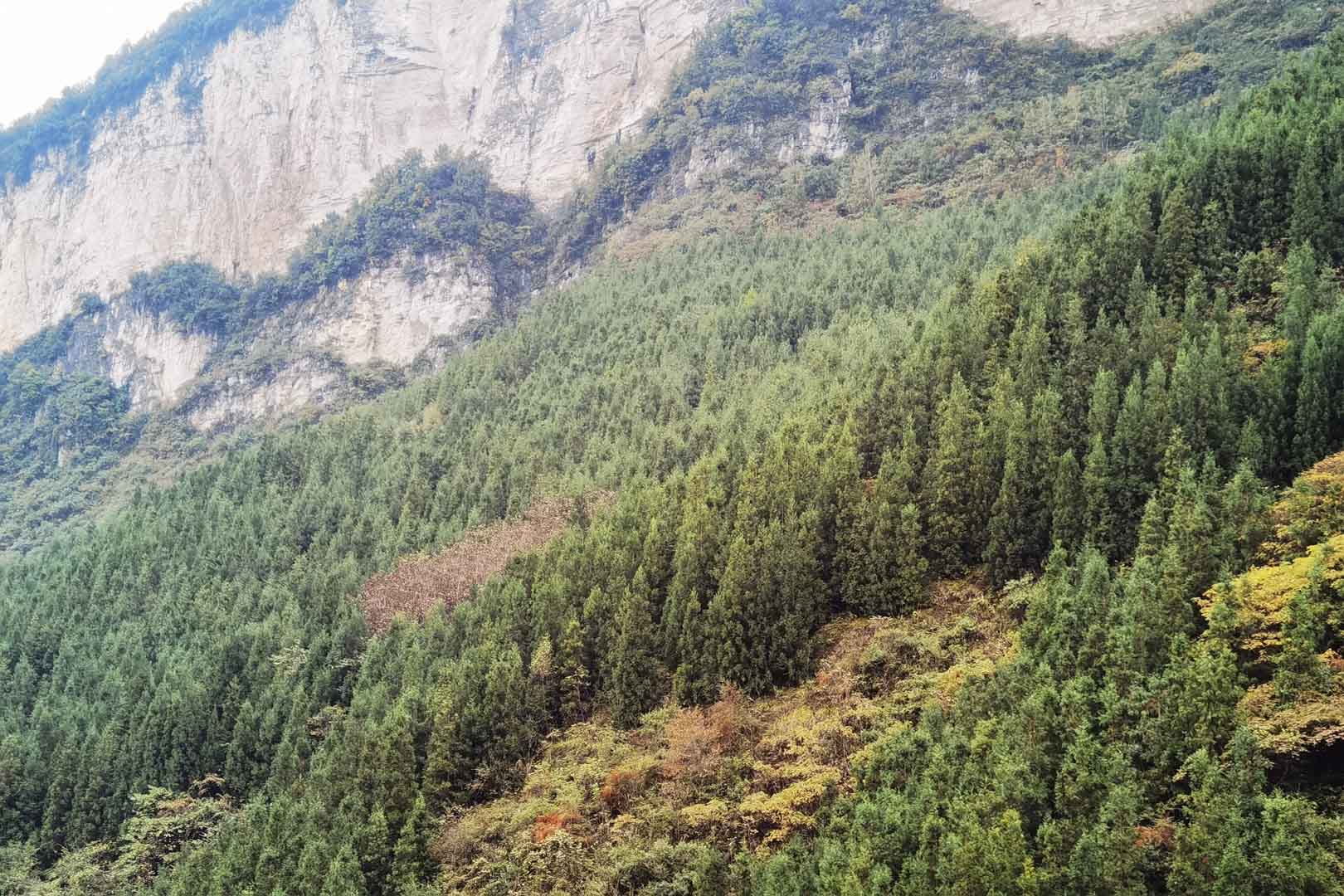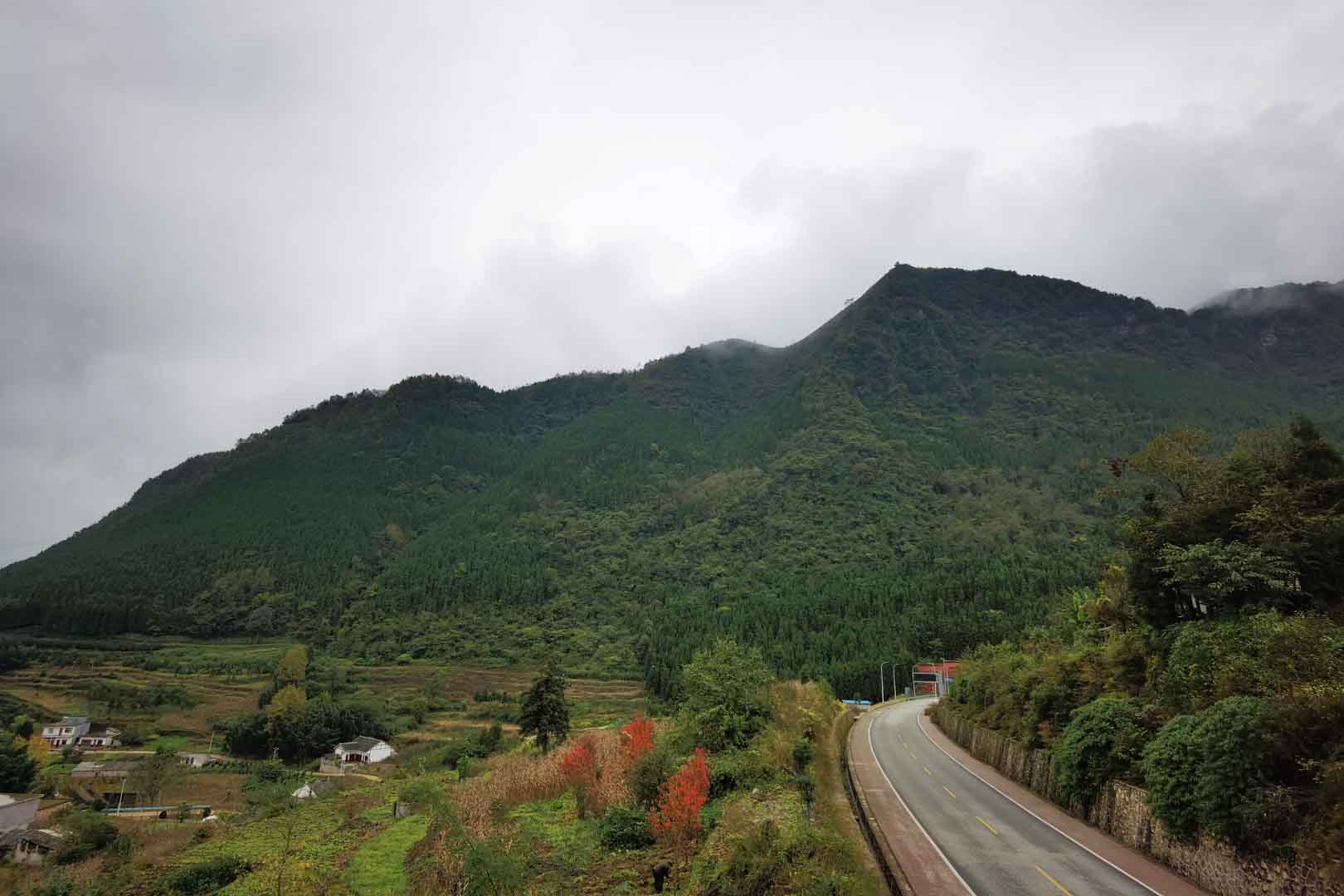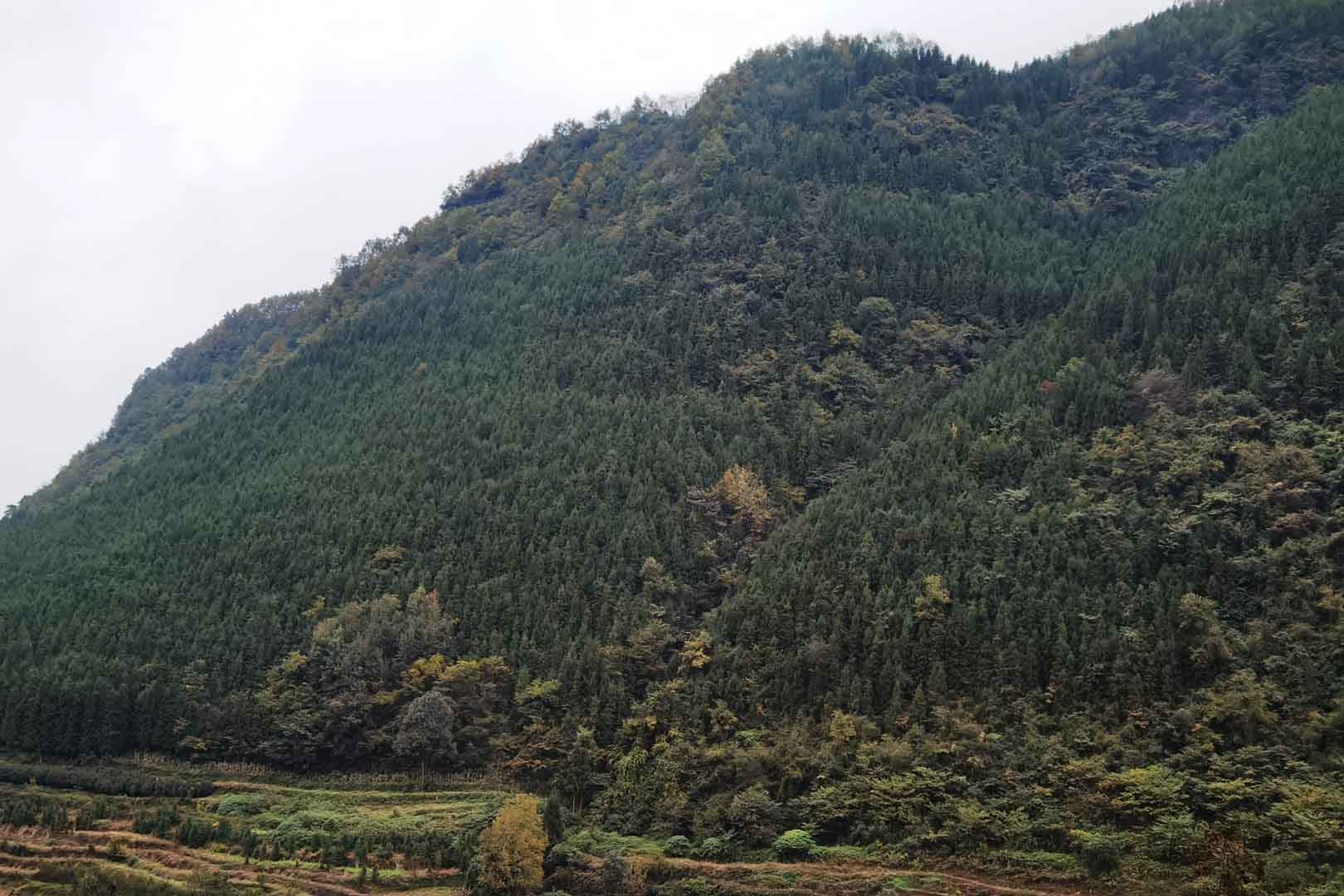Afforestation together with local communities in China
Planting trees improves the soil structure, keeps the soil moist so that plants can grow more easily, and contributes to better air quality. That’s why this project in the Chinese city of Bijie in the Guizhou Province aims to transform barren land to a forest by planting native species to sequester greenhouse gas, enhance biodiversity, improve soil and water conservation, and generate income opportunities for local communities.
The project area comprises of 43,600 ha barren lands where a forest was planted. All the land for afforestation belongs to the local villagers, who all agreed to use the land to plant trees. A total of 25,615 locals were hired for planting, which provided additional income opportunities. Planting trees will also improve problems like mud- and landslides.
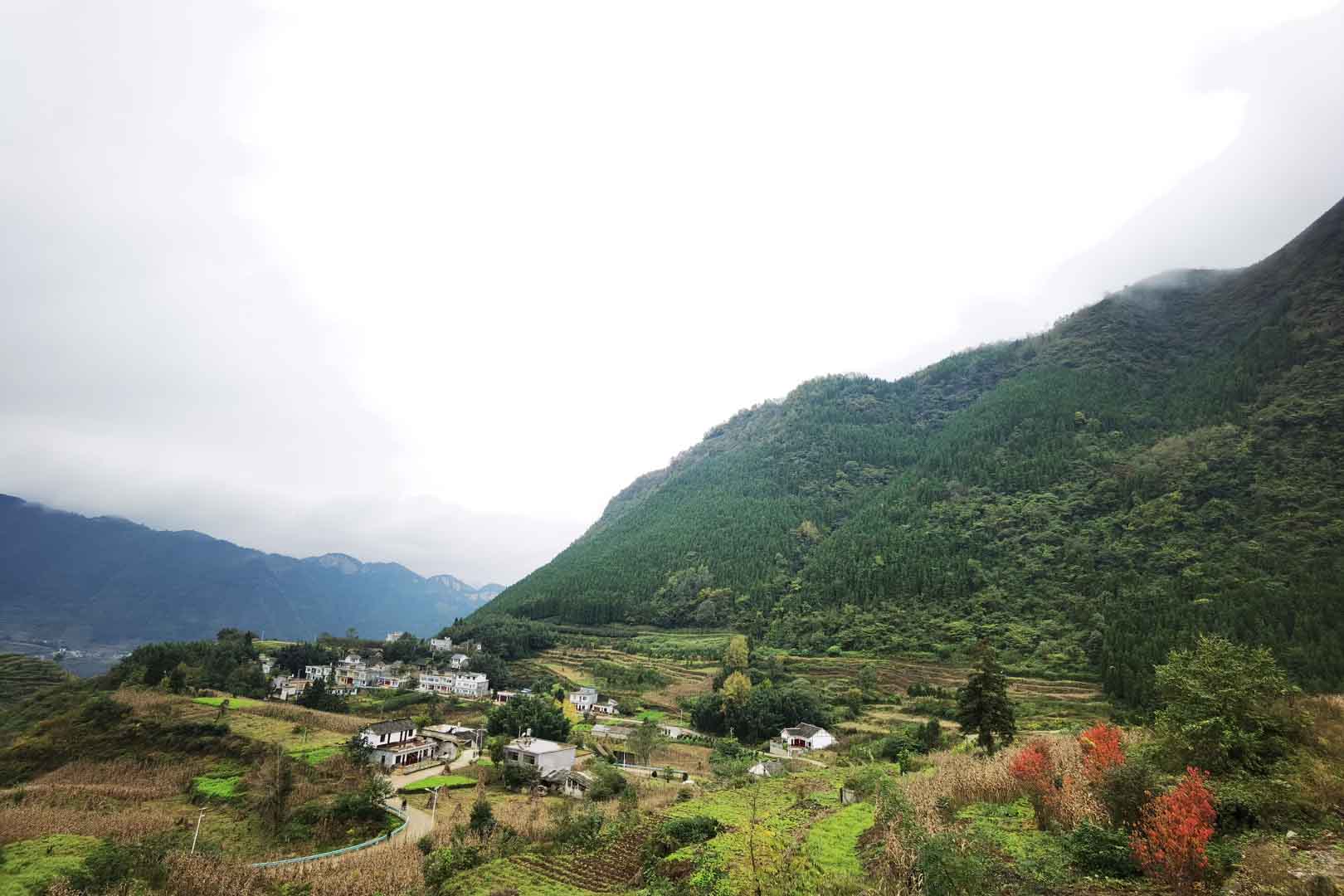
Forests are essential in our lives and are among the planet's most important carbon sinks. Besides providing habitats for wildlife, they filter the air, stabilise and protect soils, store water, and contribute to the balance of our climate. However, global forest areas have declined sharply in recent decades due to increasing settlements, agriculture, illegal logging, and raw material extraction. Afforestation, reforestation, and revegetation activities significantly increase a forest’s carbon storage capacity in both the biomass of the forest and in the soil. The storage capacity varies according to the tree species, age, and location. Experts distinguish these activities in the following way:
Afforestation converts non-forested areas into forest ones. Reforestation restores forest areas that have been damaged or deforested in the past. Revegetation increases the vegetation through planting trees, shrubs, or other plants.
Explore our projects
Biochar for Climate Action, Healthy Soils, and Better Harvests

A certified climate project combined with additional commitment

Expansion of renewable energy generation in Asia
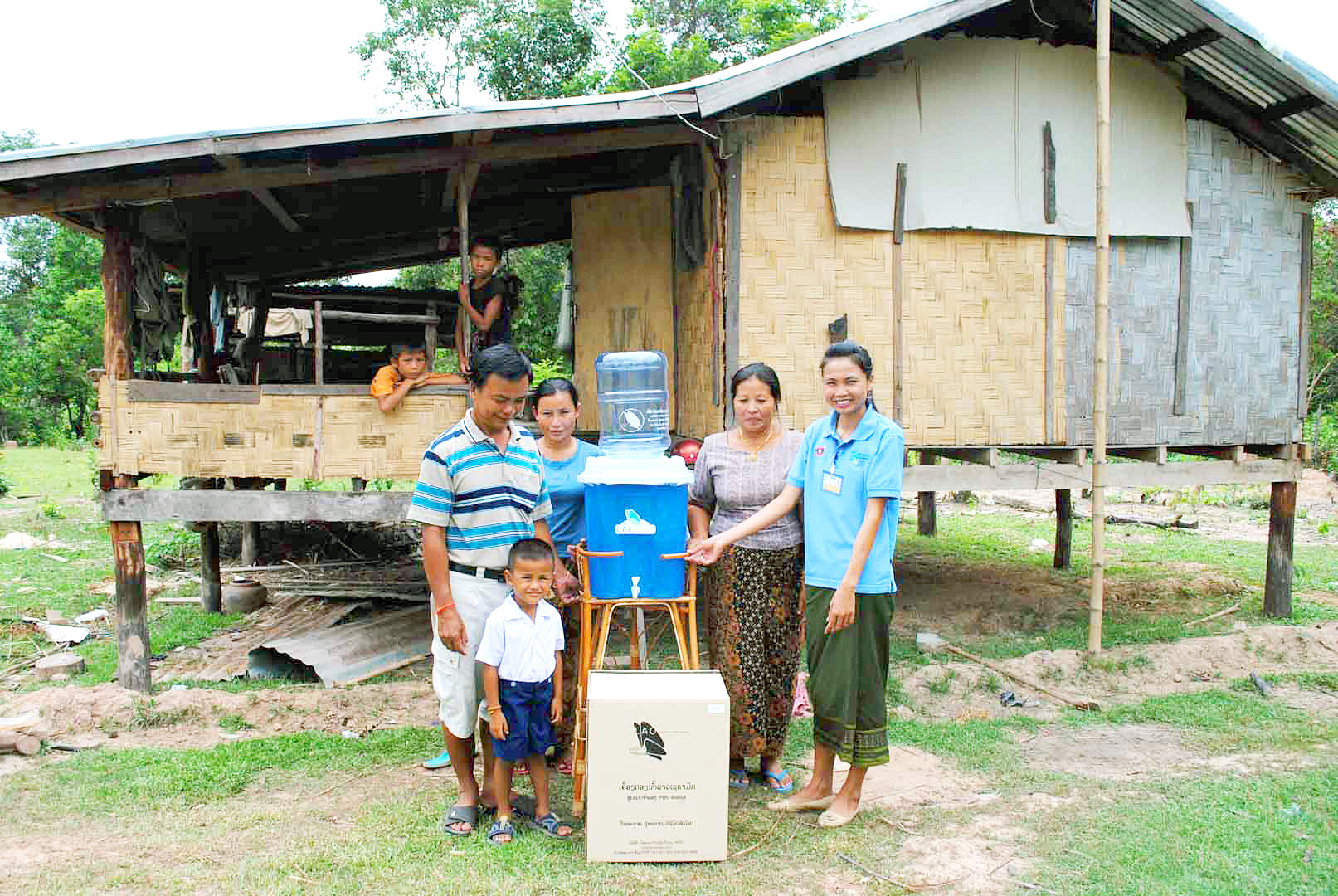
Ceramic water filters save CO2 and improve health
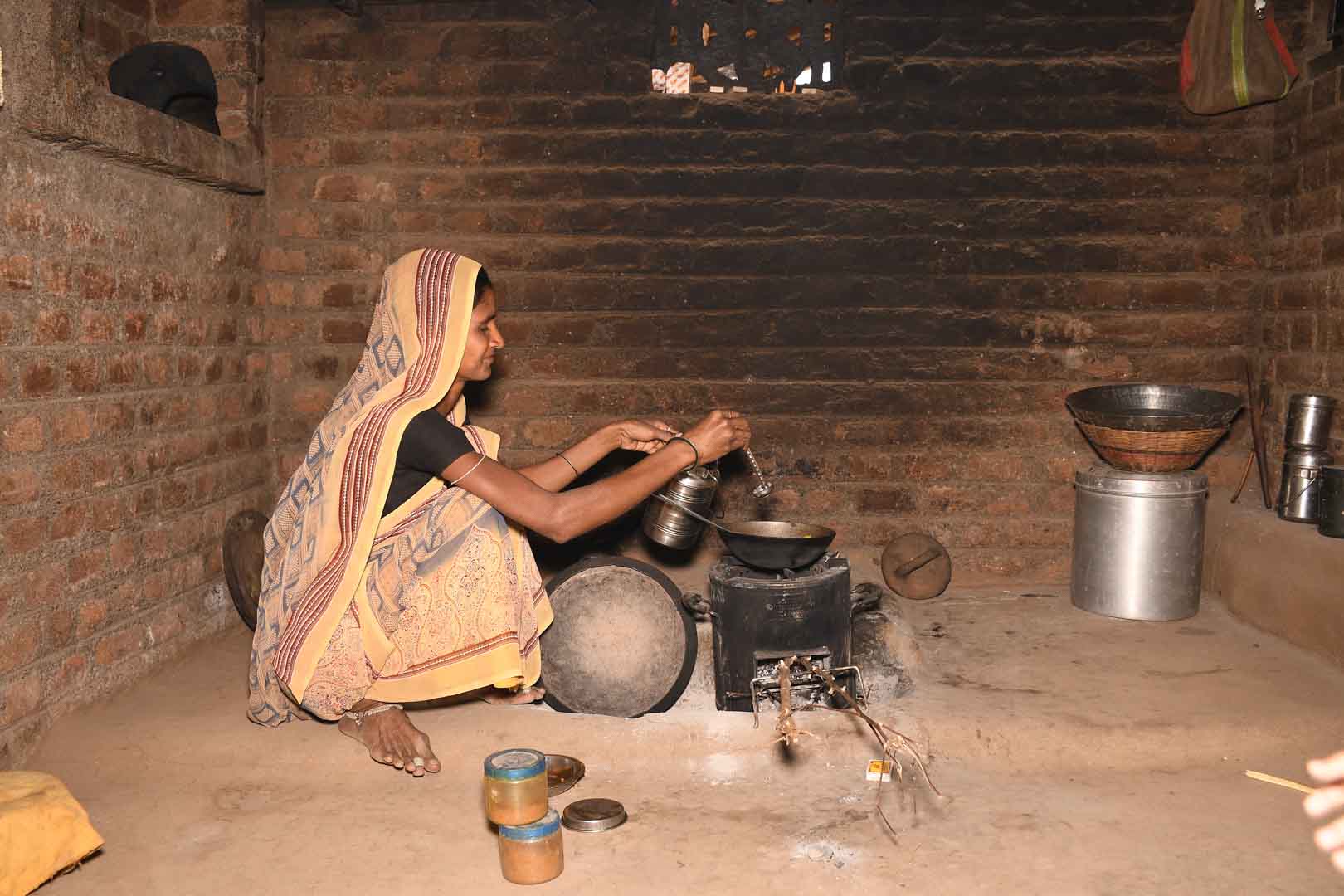
Improved cookstoves worldwide – for better health and cleaner air

A certified climate project combined with additional commitment
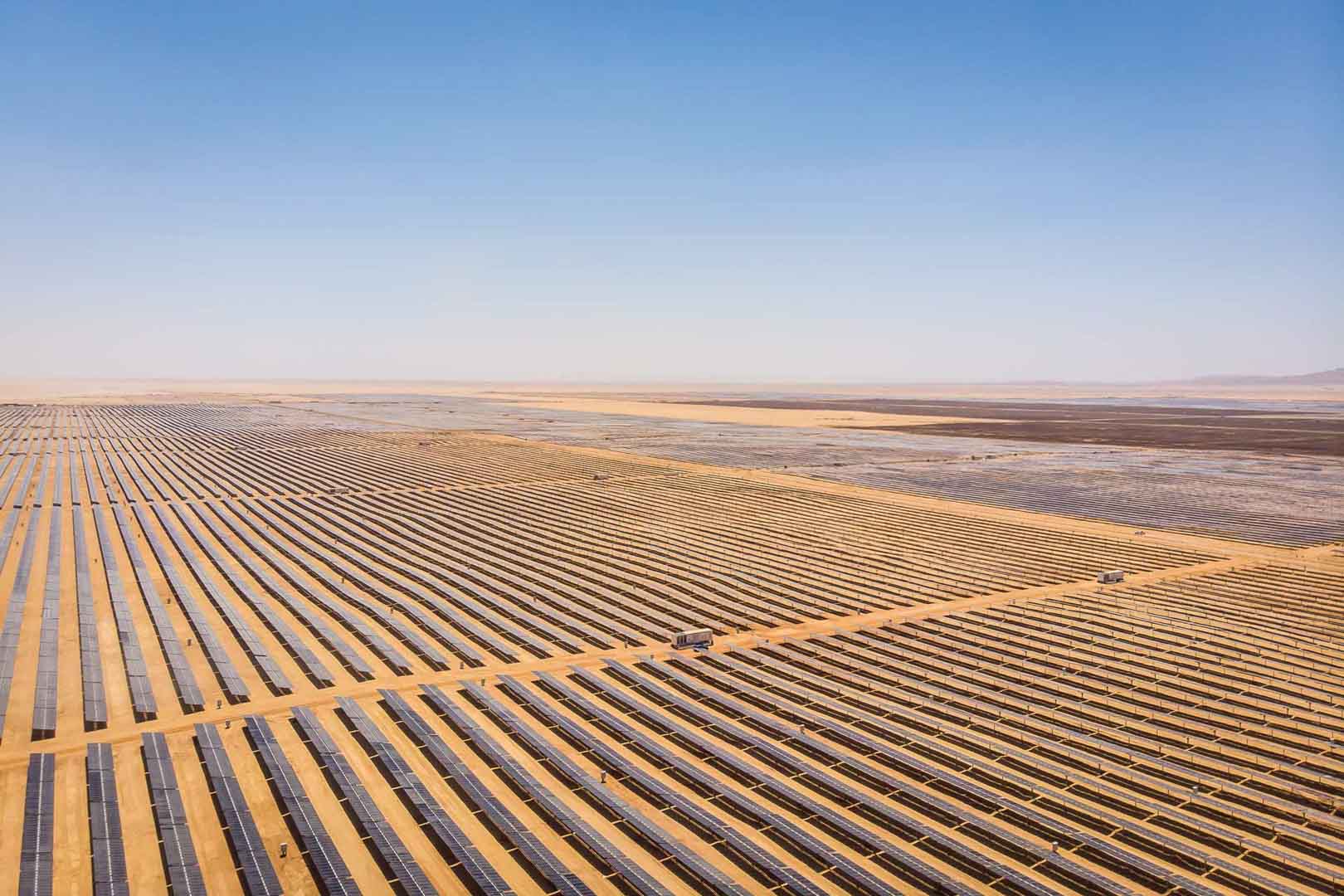
Powering access to renewable energy in Africa
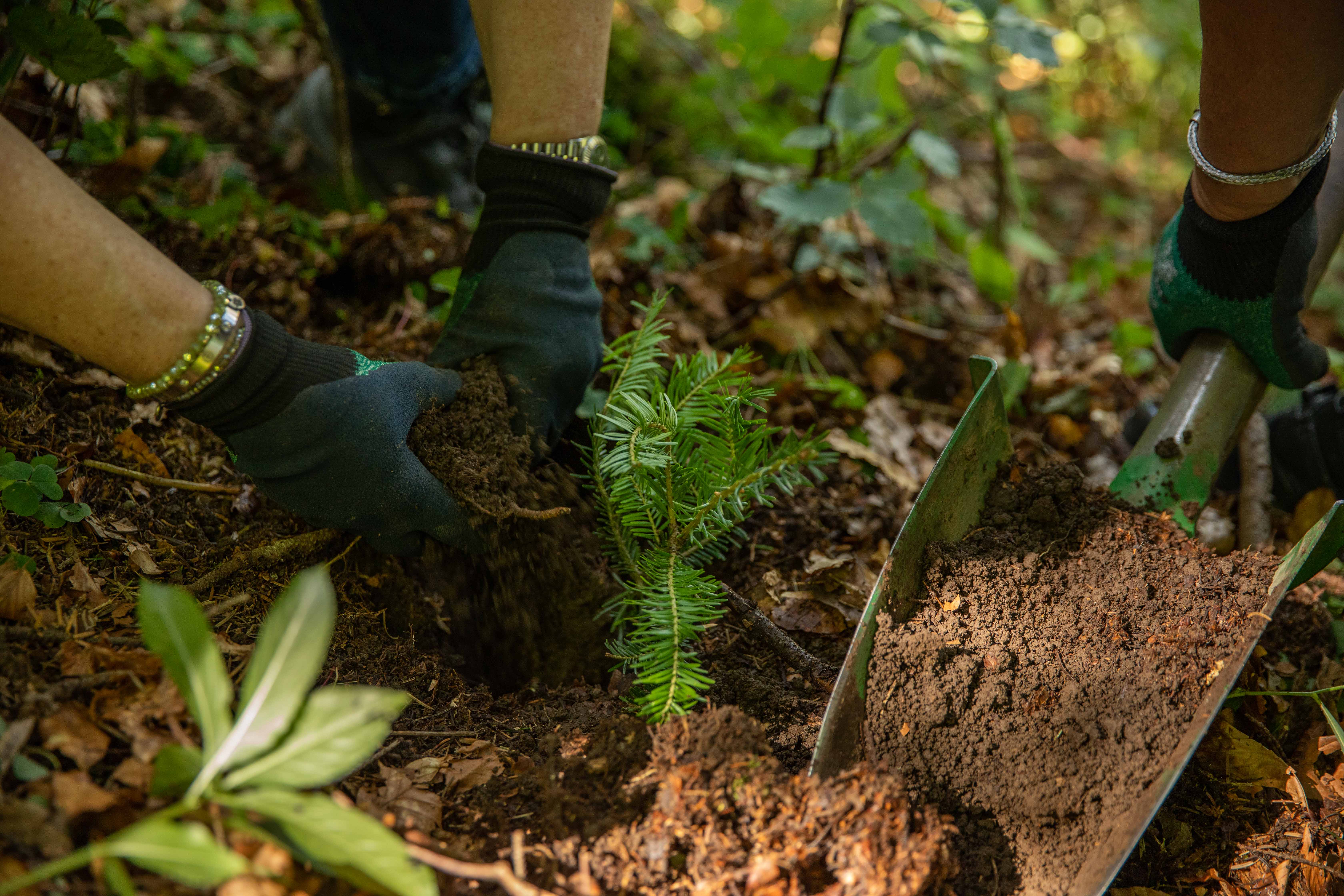
A certified climate project combined with additional commitment
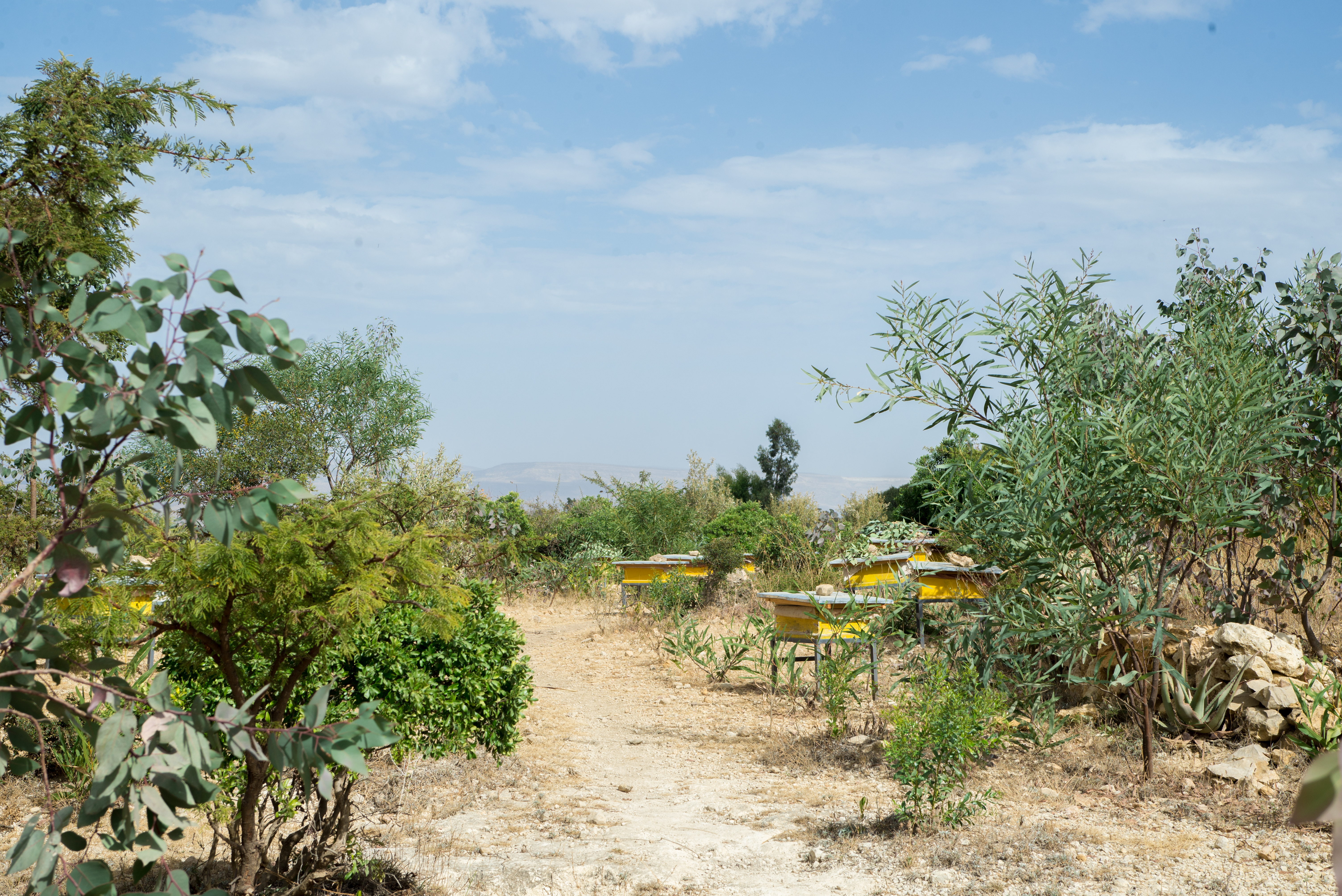
Restored ecosystems remove carbon
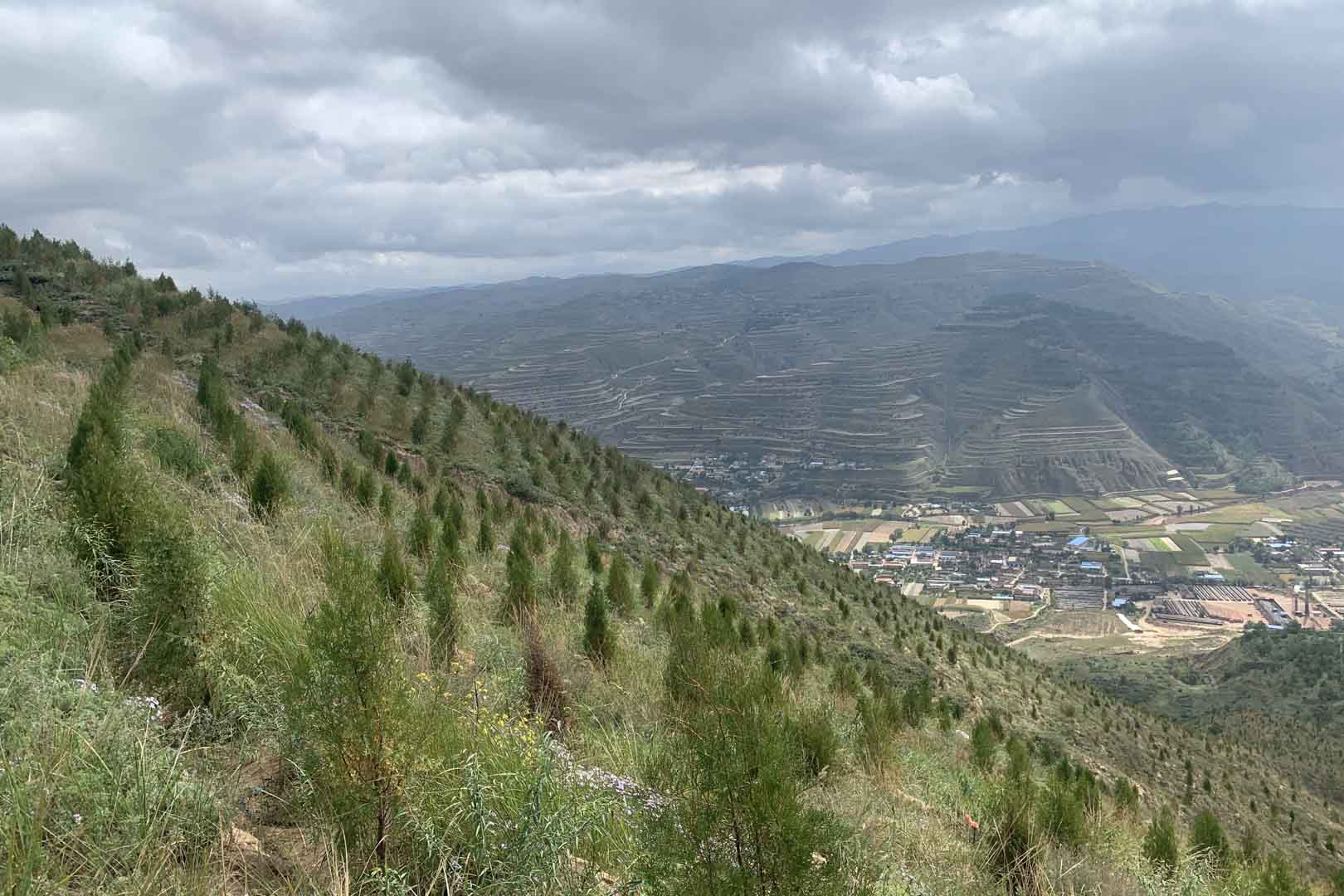
Turning degraded farmlands into healthy ecosystems
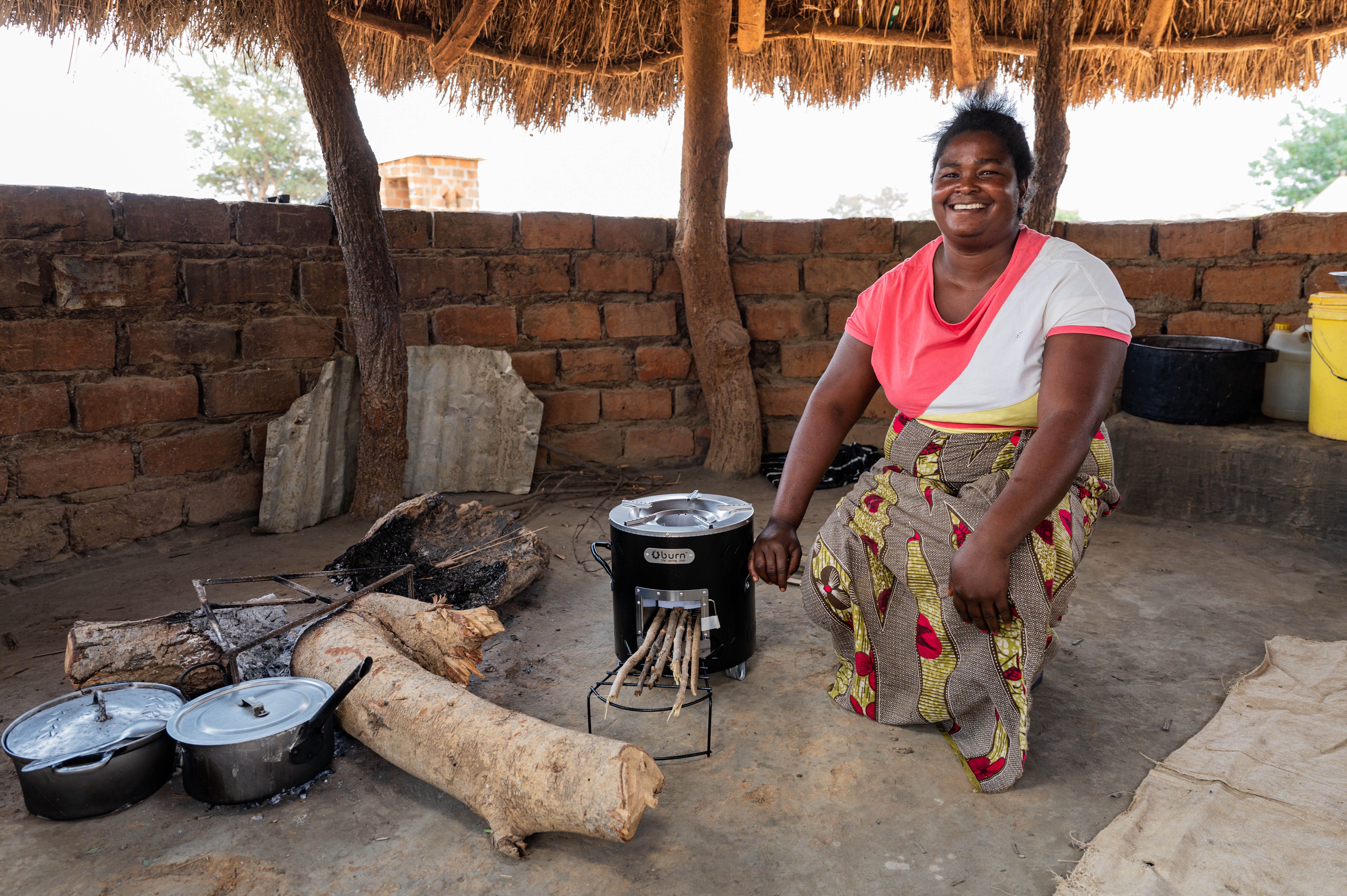
Improved cookstoves - better for health and the environment


